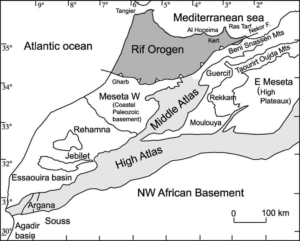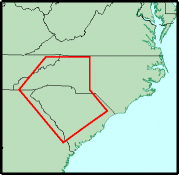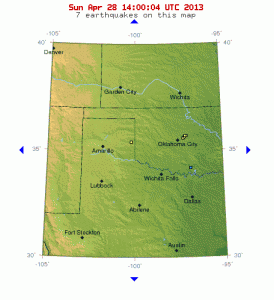
A deadly 6.8 quake struck in Morocco.
A shallow earthquake hit Morocco yesterday killing over 1,000 people, so far that is – they are still digging through the rubble.
It broke inside the crust 16 miles down in the lithosphere, but this is considered shallow! Shallow quakes cause more damage on the surface of the crust than deeper quakes, which are hundreds of miles down.
Shaking was felt over 125 miles from the epicenter. Let’s say this earthquake hit in Dallas – you would feel it in East Texas.
Over 6 million people have been affected from this quake in some way – utilities, house damage, road damage, lack of water, etc.
The quake occurred in the Atlas Mountains fault zone region. The question is … where will the next one occur? We’ll soon find out because when a large quake strikes, another one will follow somewhere else on the globe.
Our hearts go out to the people in Morocco.


